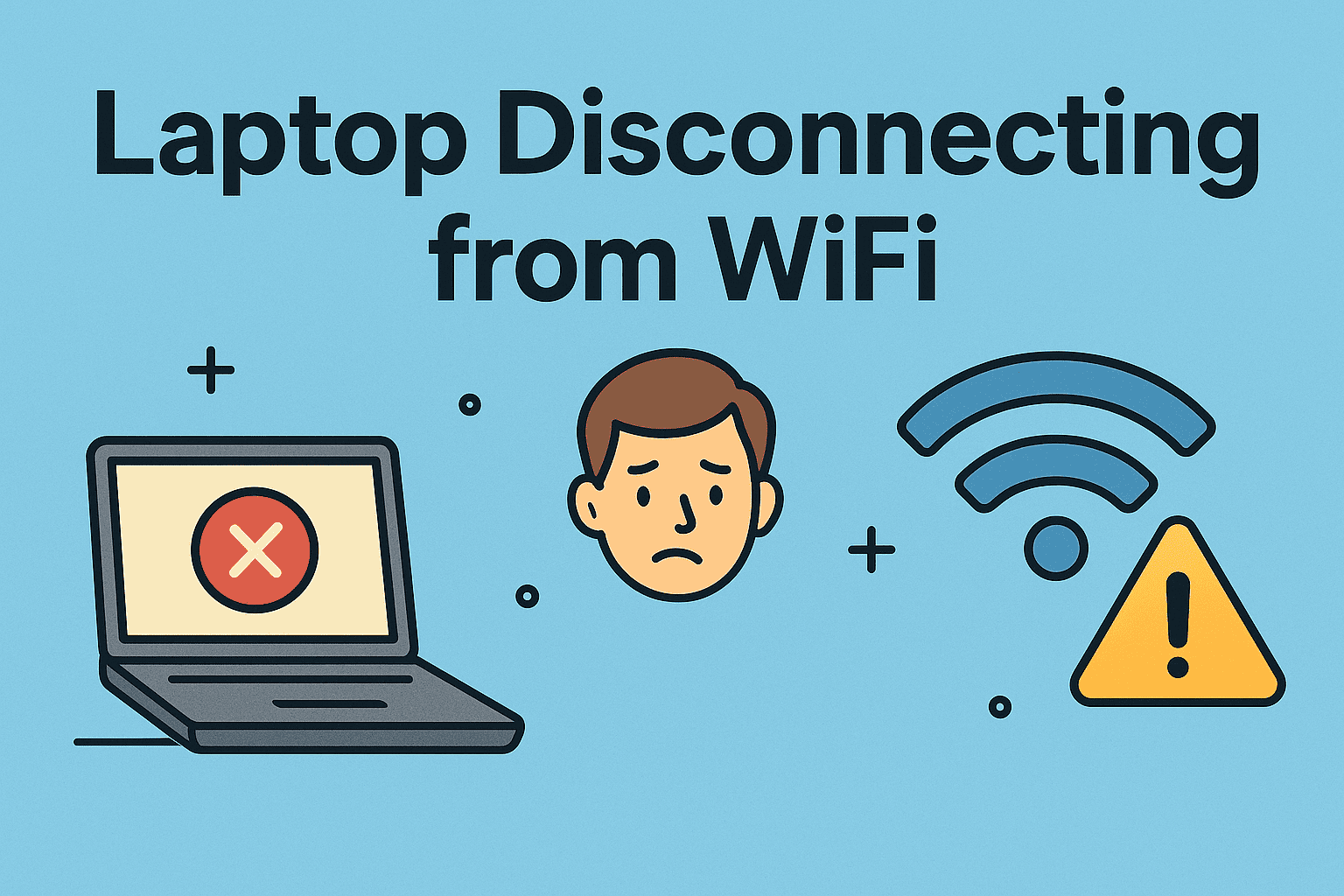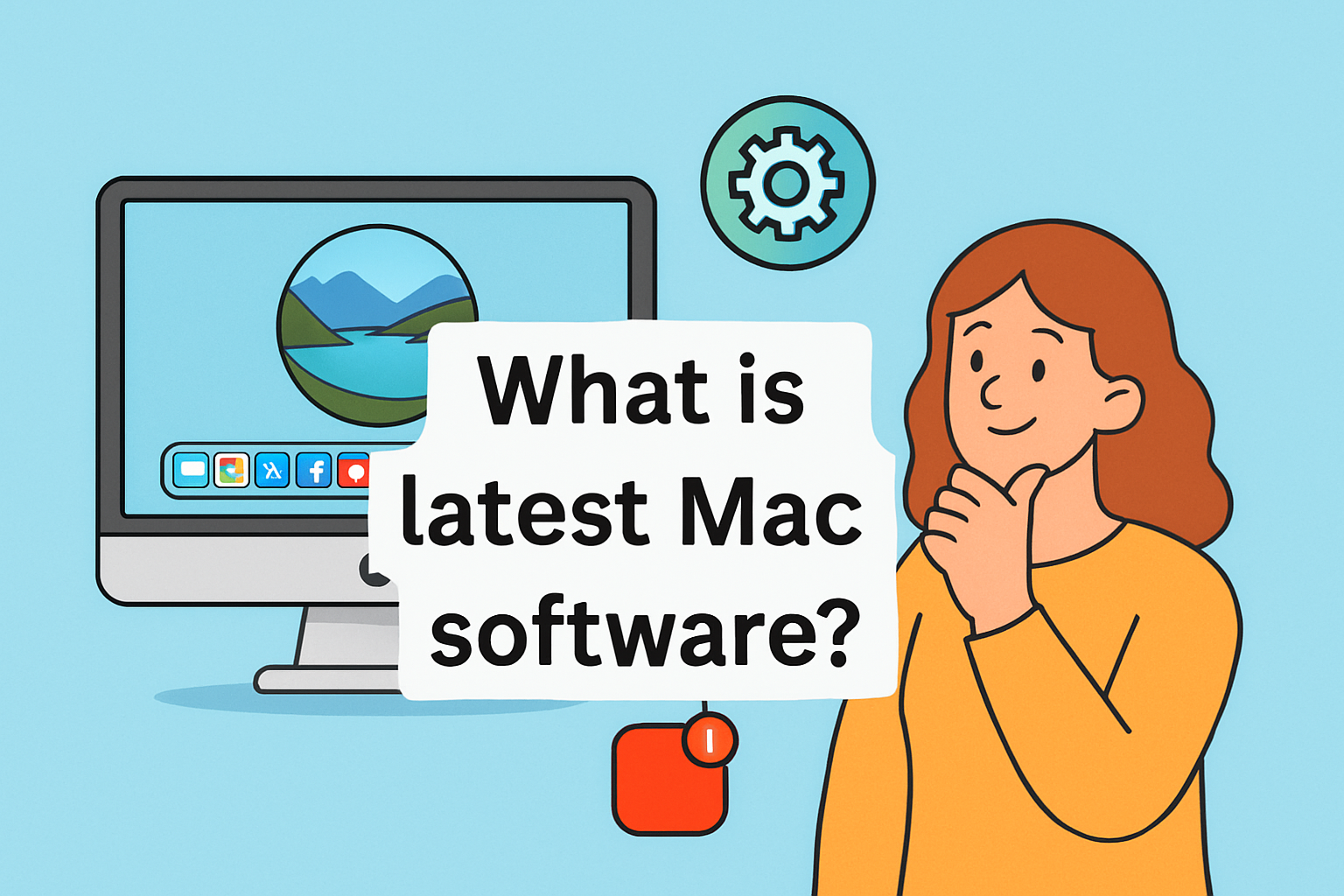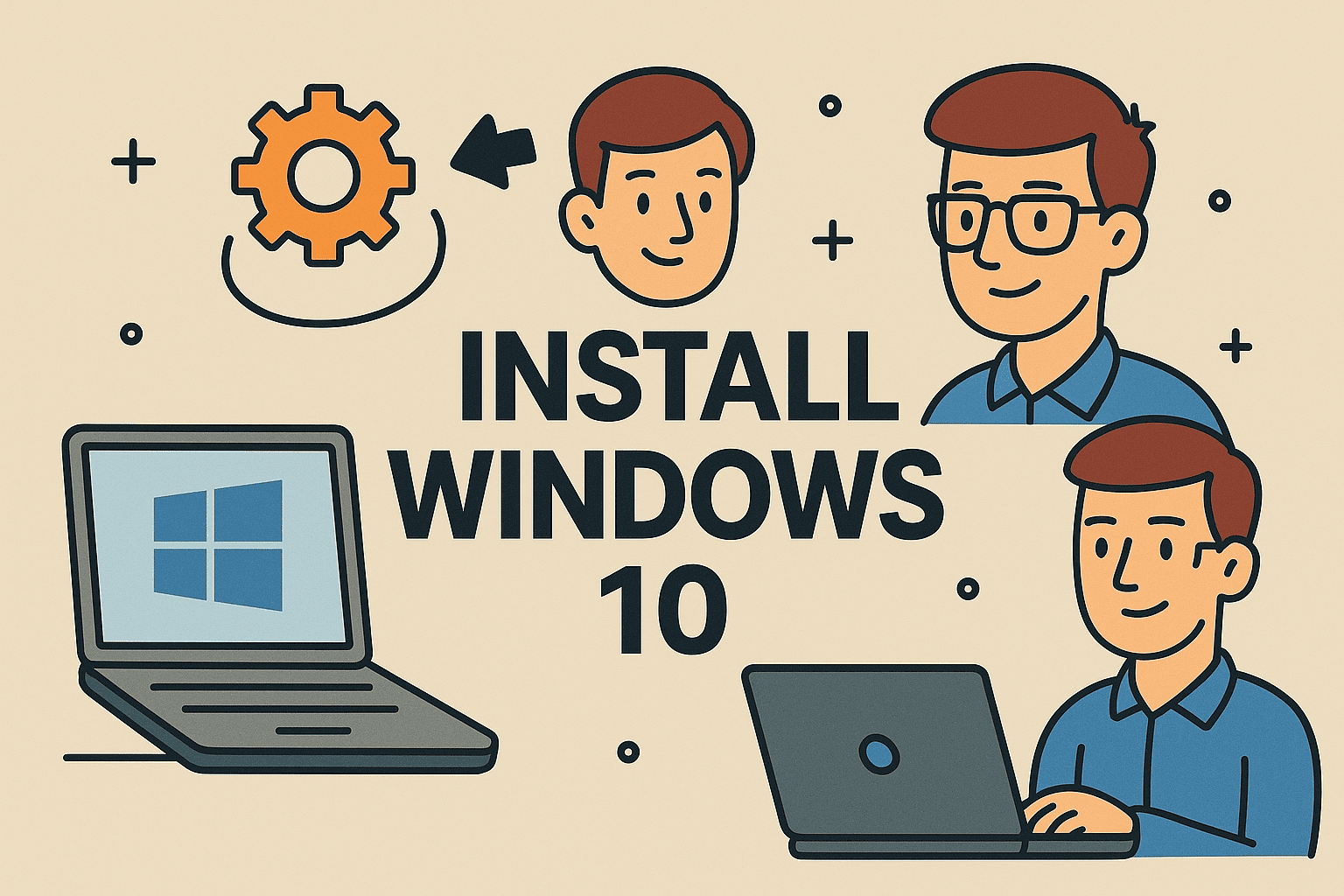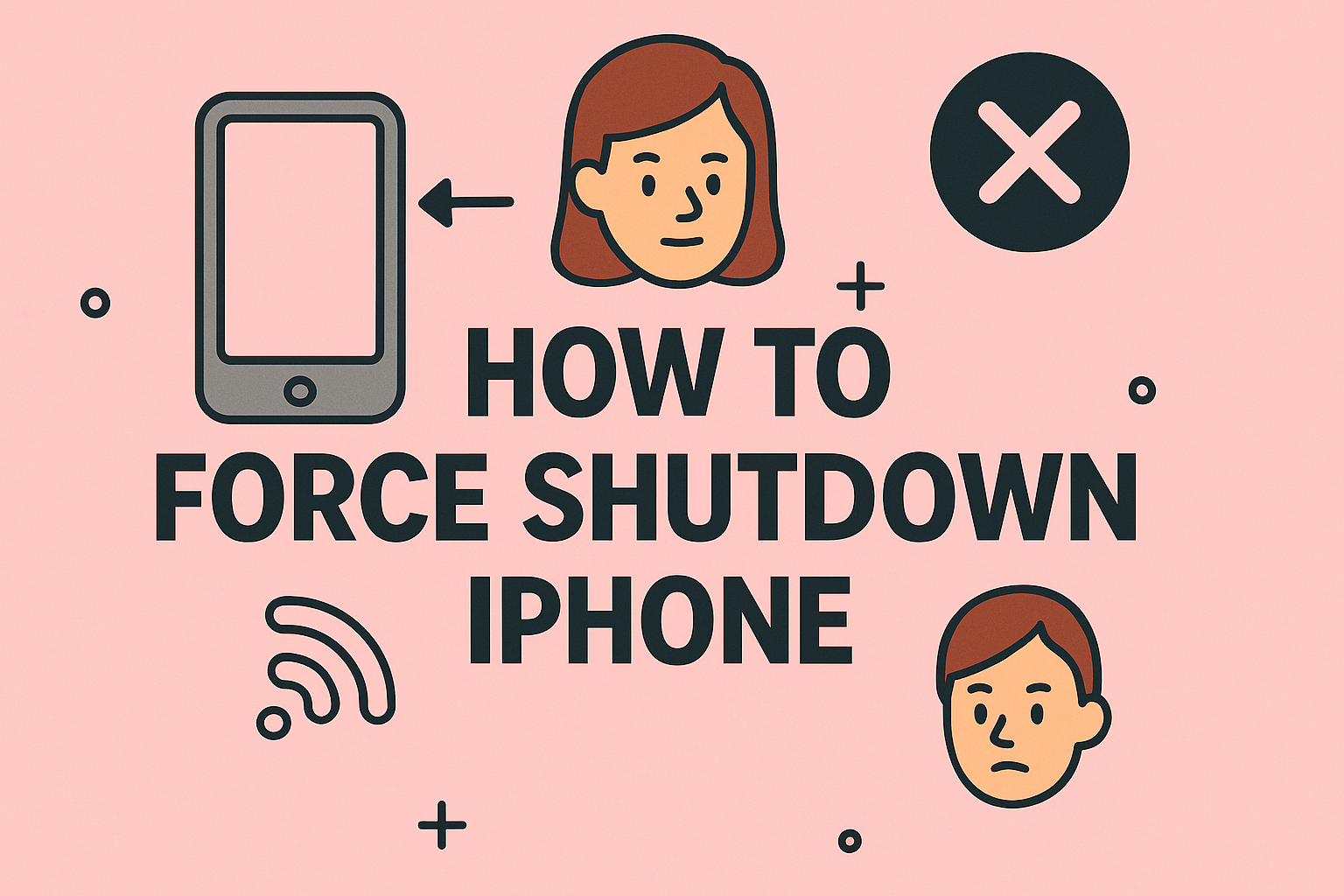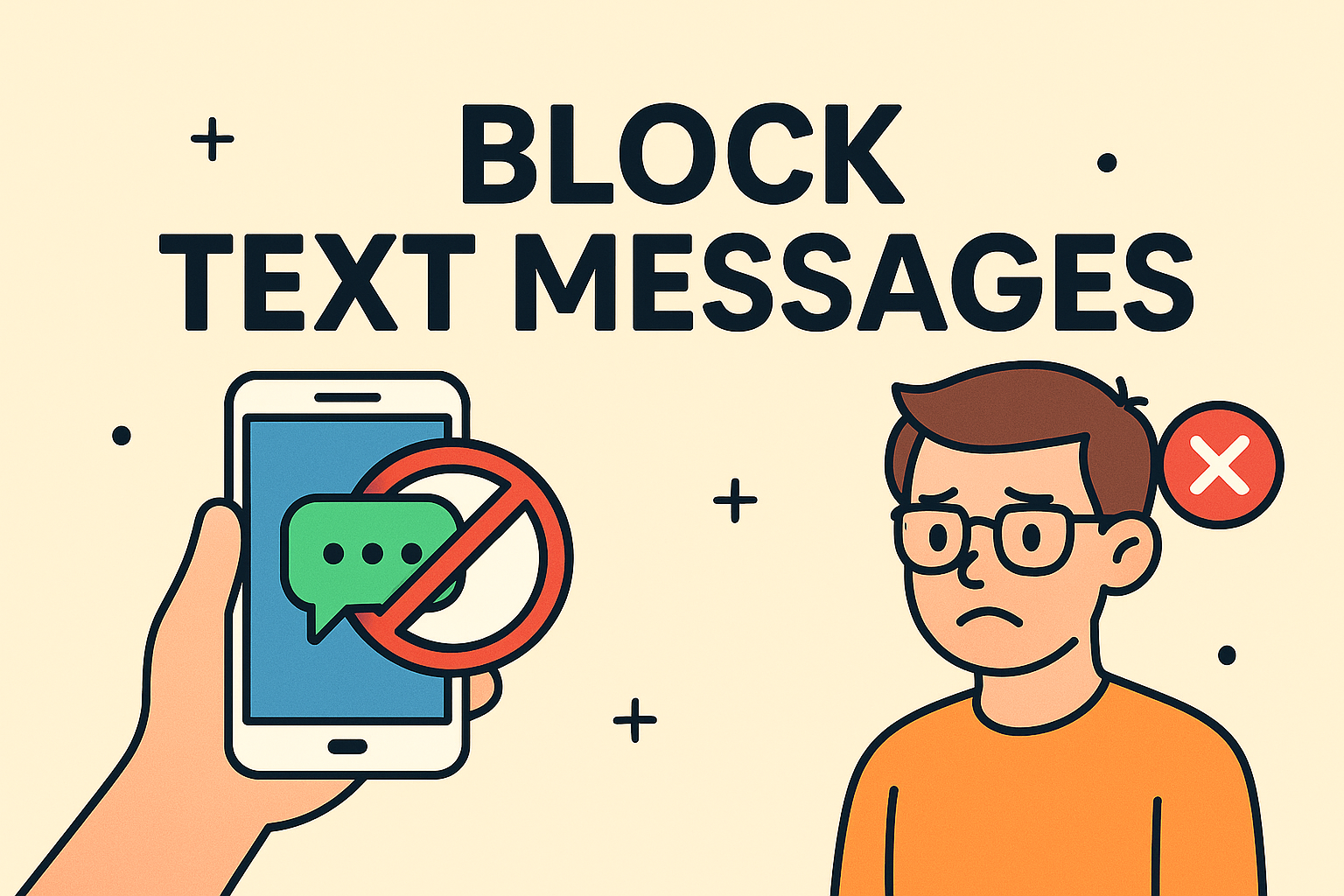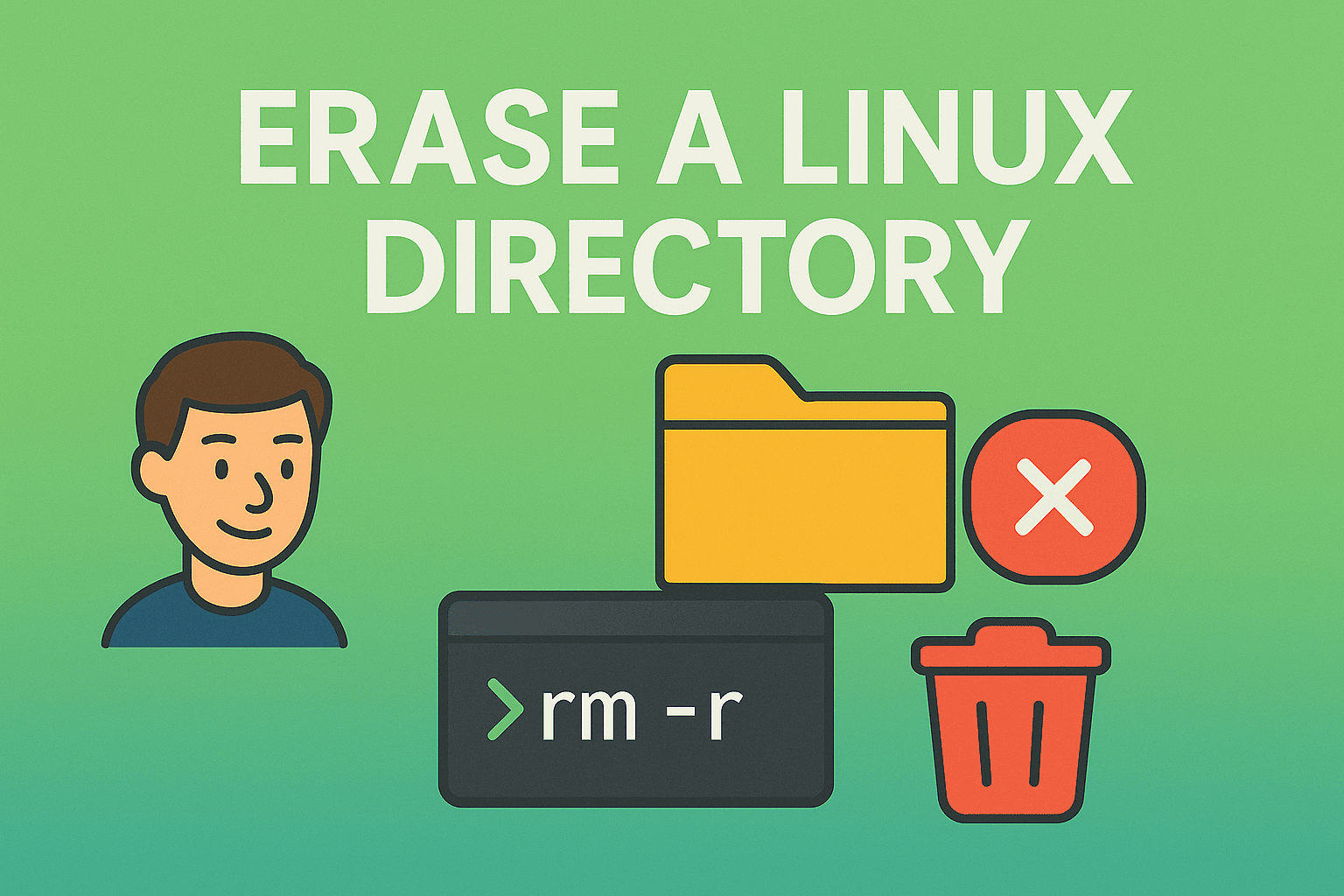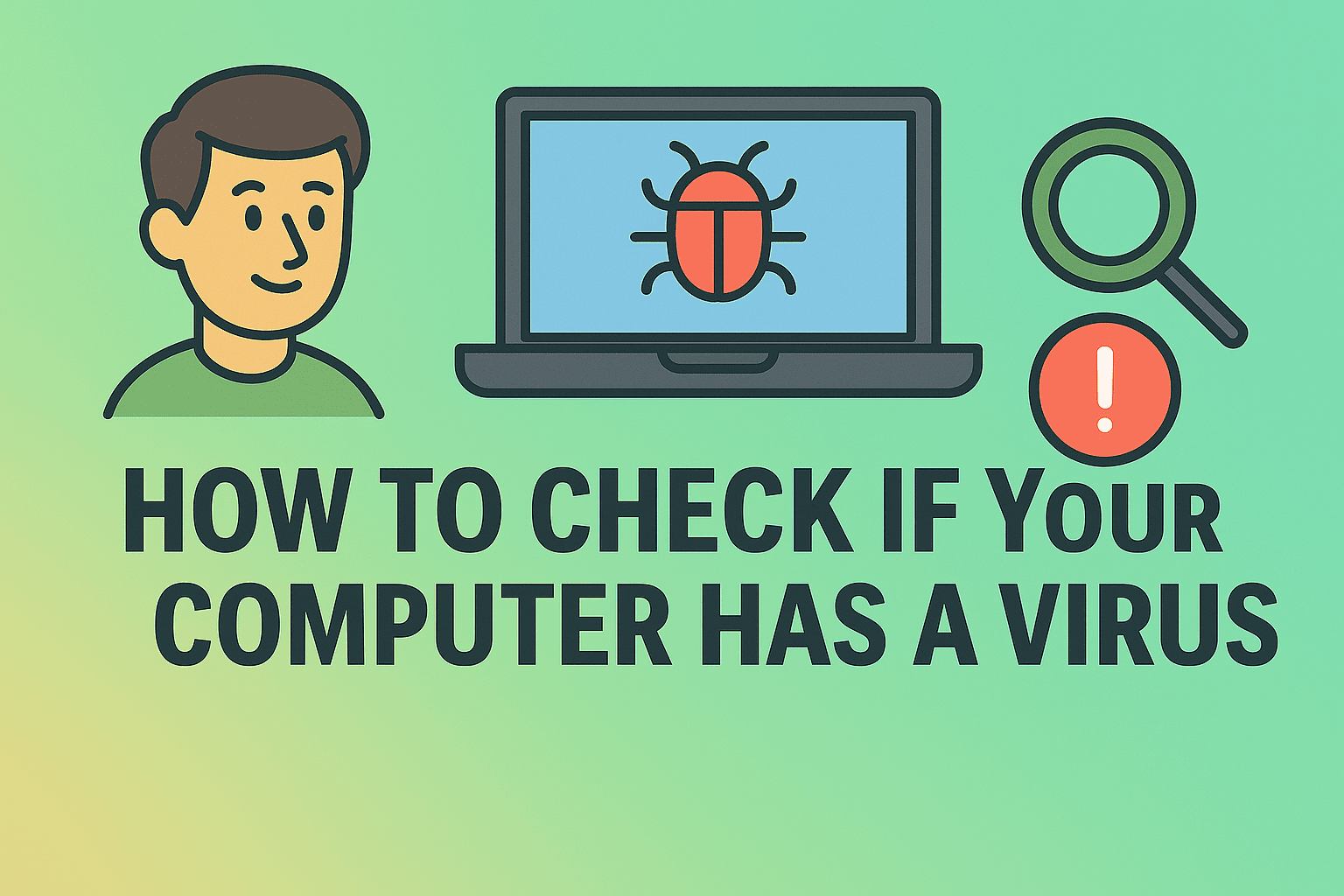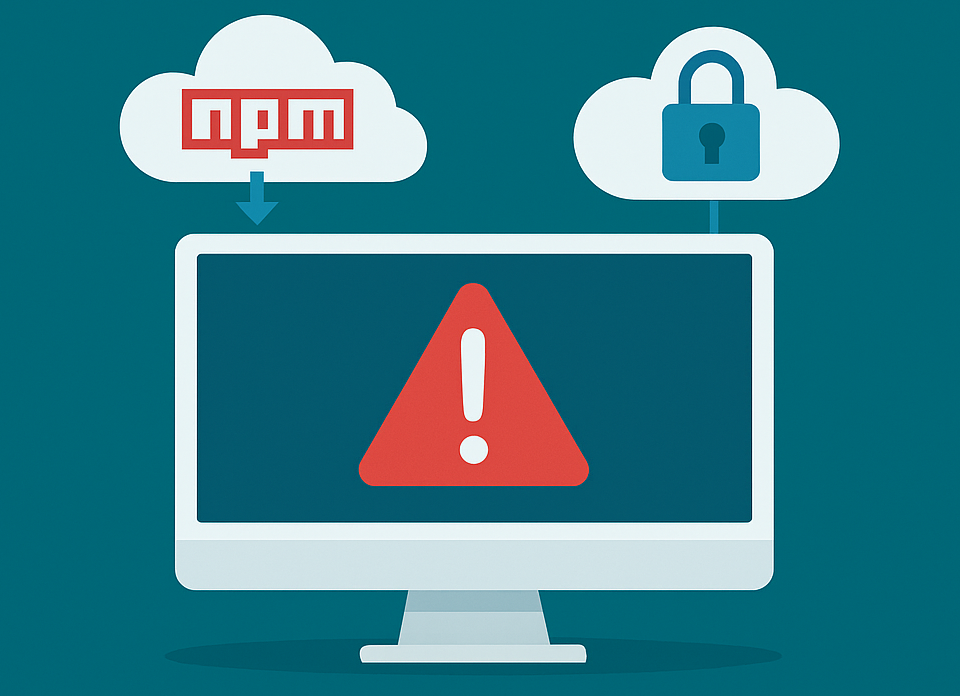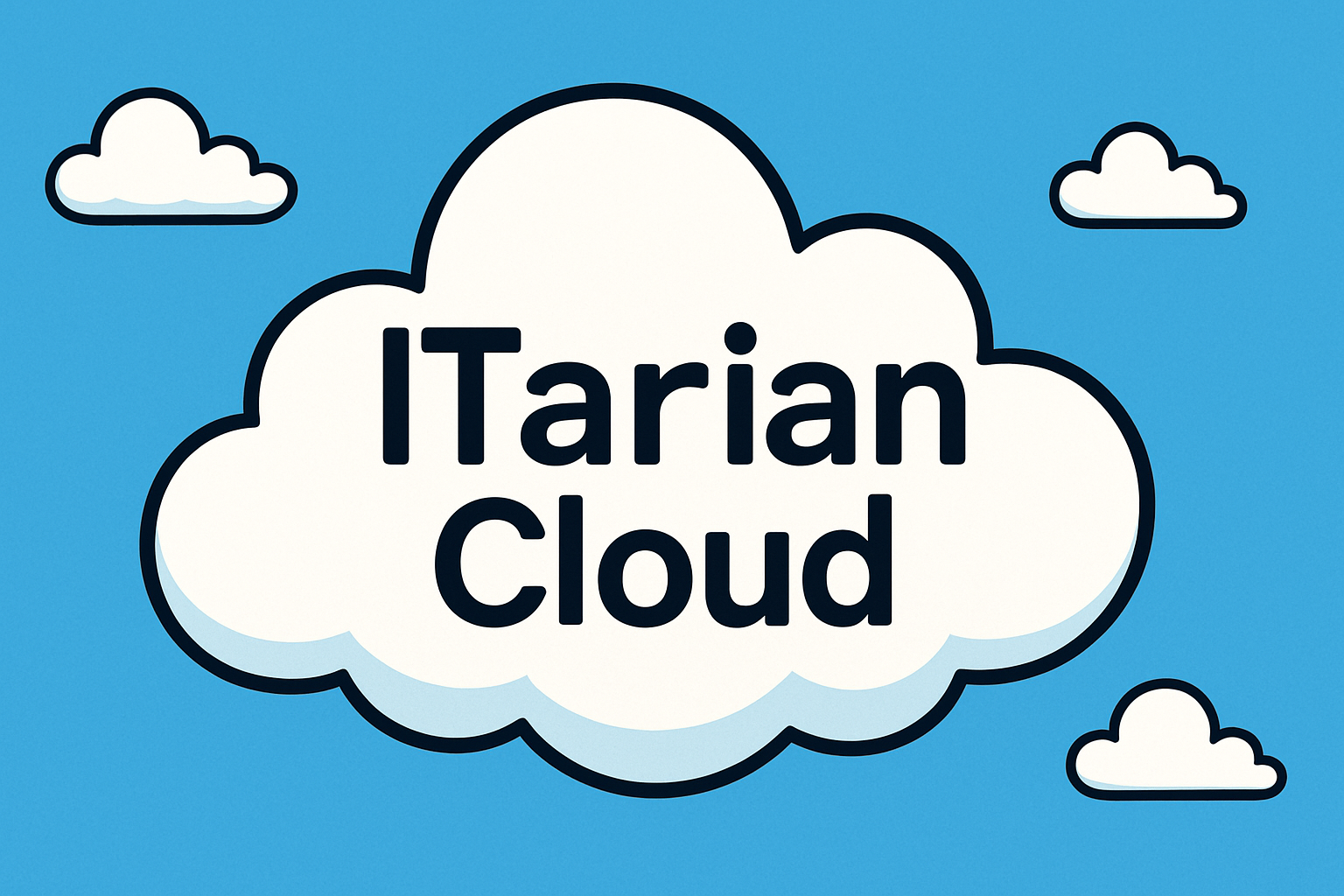Is Your Phone Call Safe?
Updated on June 18, 2025, by ITarian
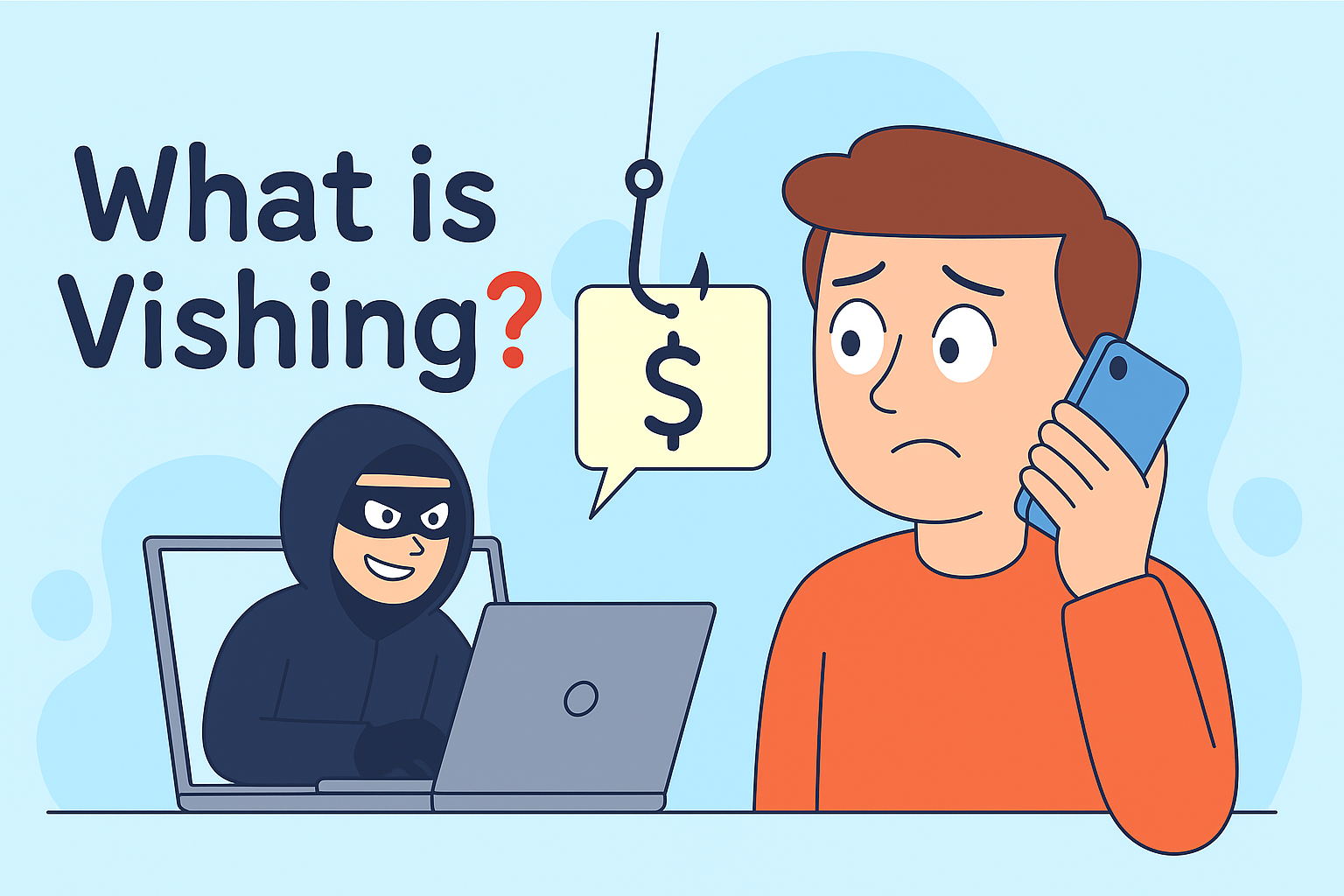
Have you ever received a phone call from someone pretending to be your bank, your IT department, or even the IRS? If so, you may have been the target of a vishing attack. In today’s cybersecurity landscape, voice phishing—also known as vishing—is emerging as a dangerous tactic used by cybercriminals to exploit trust and steal sensitive information.
In this post, we’ll break down what vishing is, show real-world vishing attack examples, explore how it differs from traditional phishing, and provide actionable steps on how to prevent vishing from affecting your organization.
What is Vishing? (Voice Phishing Defined)
Vishing, short for “voice phishing,” is a form of social engineering where attackers use voice calls to manipulate victims into divulging confidential information like login credentials, banking info, or personal data.
Unlike phishing emails, which rely on malicious links or attachments, vishing works directly through human interaction—usually involving urgency, deception, and impersonation.
Key Characteristics of Vishing:
- Conducted via voice calls (VoIP or traditional phones)
- Attackers pose as legitimate institutions (banks, tech support, government)
- Seeks to collect personal or financial data
- Often includes spoofed caller IDs to appear trustworthy
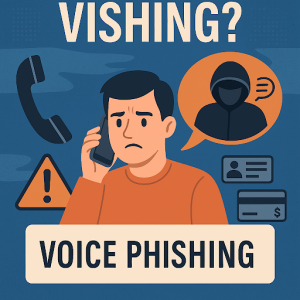
Vishing Attack Examples: Real-World Scenarios
Understanding real-world examples can help you better identify a vishing scam before it’s too late.
Example 1: The “Bank Fraud Alert” Scam
A caller claims to be from your bank’s fraud department. They say suspicious charges have appeared and ask you to “verify” your identity by sharing your account number or security code.
Goal: Extract bank credentials
Tactic: Impersonation + urgency
Example 2: IT Helpdesk Hoax
A company employee receives a call from someone claiming to be “IT support.” The attacker convinces the victim to install software that turns out to be spyware.
Goal: Gain remote access to internal systems
Tactic: Authority + technical confusion
Example 3: IRS or Government Threats
Scammers call saying you owe back taxes or face legal action. Victims are urged to pay immediately through wire transfers or gift cards.
Goal: Steal money or personal data
Tactic: Fear and coercion
These vishing attack examples highlight the emotional manipulation used—fear, urgency, or impersonated authority—to coerce action.
Vishing vs Phishing: What’s the Difference?
Though both are forms of social engineering, there are key differences between vishing and phishing:
| Aspect | Vishing | Phishing |
| Communication Method | Voice call (phone/VoIP) | Email or messaging platform |
| Medium Used | Human conversation | Digital text & hyperlinks |
| Common Tools | Spoofed caller ID, VoIP tech | Fake websites, malicious attachments |
| Psychological Trigger | Fear, urgency, authority | Curiosity, urgency, impersonation |
| Detection Difficulty | High (live voice harder to flag) | Moderate (email filters, sandboxing) |
🔍 Insight: Vishing is often harder to detect than phishing because it uses voice and psychology—not code.
How to Prevent Vishing Attacks: Actionable Strategies
Protecting yourself and your organization from voice phishing requires proactive measures and awareness training.
🔒 Best Practices to Prevent Vishing:
- Educate Employees
- Conduct regular training on recognizing social engineering.
- Share recent vishing attack examples during sessions.
- Implement Caller Verification Protocols
- Instruct staff never to share sensitive data over unsolicited calls.
- Use internal codes or callback numbers for validation.
- Use VoIP Call Analytics Tools
- Track unusual call behavior, especially from high-risk countries.
- Employ caller ID authentication and number blocking.
- Limit Public Exposure
- Avoid publishing direct phone numbers of key personnel online.
- Scrub personal details from public-facing content where possible.
- Report Suspicious Calls
- Have a centralized IT security channel for reporting vishing attempts.
- Alert law enforcement or governing cybersecurity bodies where appropriate.
🔐 Bonus Tip:
Pair vishing prevention with phishing simulations to test staff readiness and improve response times.
Why Vishing is Growing in 2025
Vishing is gaining momentum due to:
- Widespread availability of VoIP software.
- Spoofing tools that easily fake legitimate numbers.
- Increasing remote work, making users more vulnerable and isolated.
- AI-generated voice tools mimicking real employees or executives.
The future of vishing may involve deepfake audio, creating even more convincing impersonation attacks.
Industries Most Targeted by Vishing
Some industries are more frequently targeted due to the nature of their work:
- Financial Services: High-value transactions and sensitive data
- Healthcare: Access to medical records and insurance data
- Legal Firms: Confidential case information
- Government Agencies: Political or operational intelligence
- SaaS/IT Providers: System access and user credentials
If your organization falls under these categories, proactive vishing awareness is crucial.
Vishing Red Flags to Watch Out For
Recognizing a scam call early can prevent costly consequences. Look for these signs:
- Caller demands immediate action or payment
- Caller ID shows your own number (spoofing)
- Asks for login credentials or 2FA codes
- Claims to be from tech support or government
- Refuses to let you call them back
Whenever in doubt, hang up and verify independently.
FAQ: Common Questions About Vishing
1. What is the main goal of vishing?
To trick the victim into revealing sensitive information or making unauthorized transactions through verbal deception.
2. Is vishing illegal?
Yes, vishing is considered a cybercrime and is punishable under fraud and identity theft laws.
3. Can businesses be vishing targets too?
Absolutely. Many vishing attacks target businesses, especially employees in finance or IT roles.
4. How can I tell if a call is a vishing scam?
Check for urgency, threats, requests for private info, and caller ID spoofing. Always verify independently.
5. What should I do if I fall victim to a vishing attack?
Report it to your organization’s IT security team, contact your bank or service provider, and file a police report.
Final Thoughts: Don’t Get Fooled by a Friendly Voice
Cybercriminals are shifting their tactics, and voice phishing is at the center of this evolution. By understanding what vishing is, recognizing its many forms, and staying alert, you can significantly reduce your risk of becoming the next victim.
🛡️ Don’t wait for an attack to strike.

